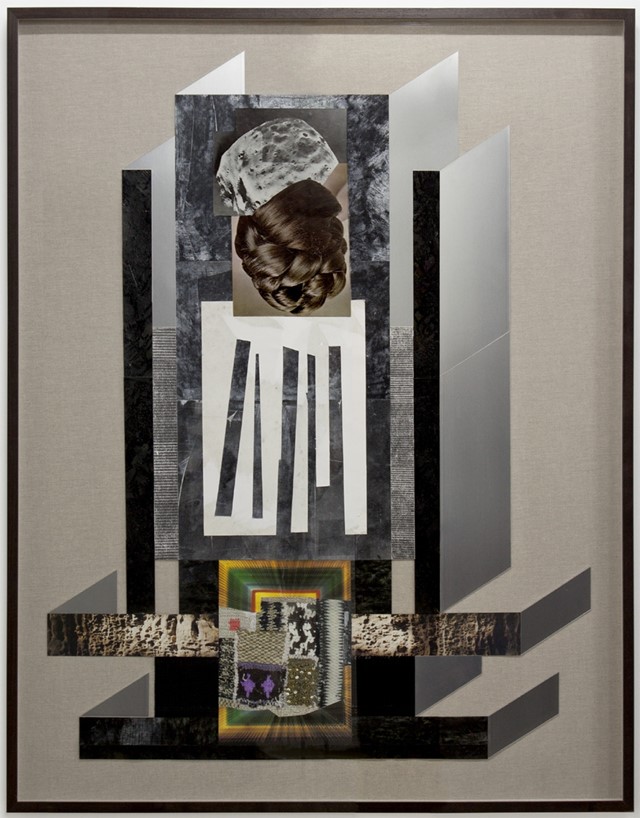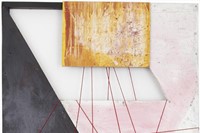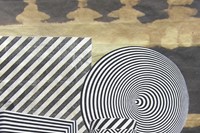Following his sell-out show at the Miami Beach Art Basel, AnOther caught up with celebrated artist Ben Sansbury
It’s already become Art Basel Miami lore: British artist Ben Sansbury sold out in 40 minutes. As part of the Nada (New Art Dealers Association) fair, held at a distance from the main exhibition centre, Sansbury showed nine white geometric sculptures, reminiscent of bones, totems, or maybe even temples, which were scooped up by buyers almost as quickly as his representative gallerists, Cope Cybulski, could hang them. It was only four years ago that Sansbury had his first solo show, at Space in east London, and since then he has gone on to exhibit at The Baltic, Palais de Tokyo, and most recently his sell-out show in Miami. We caught up with him to discuss the unexplained, the unexplored, and “anomaly artefacts.”
How has your work changed over the four years since your first solo show?
In May 2010 I had my first solo show, at Space, and in a way it was a public, mass expulsion of everything I’d already done. The installation was a stand-alone structure which you could climb into and inside there were 30 or 40 things I’d made including collage, paintings, sculptures – I’d say 60% of it was shit, 30% was alright, and 10% was good. Through this cathartic purge I realised what I wanted to do.
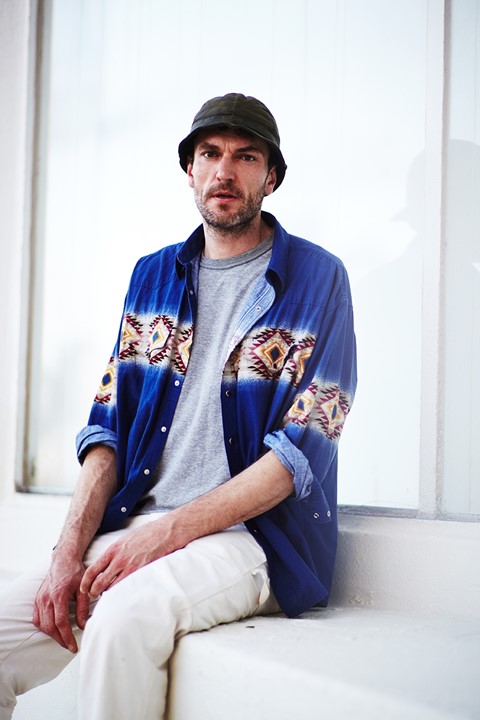
Was your show at The Baltic a step away from this diffuse or eclectic approach?
Yes. I found a text with drawings by a Swiss anthropologist that remains a contentious document – some people think it’s a forgery. However he was adamant that while travelling in Tibet in the 1930s, he witnessed monks set out a complex array of horns and drums all pointing to this one rock, and they managed to get the rock to levitate with sound. I wanted to see if this was possible – at least in terms of whether you can levitate something with sound. I managed to get components from China, these weird blocks of metal with ceramic in them, which vibrate at an insane frequency and we indeed managed to levitate a rock.
Can you explain what you mean by anomaly artefacts?
Anomaly artefacts are out-of-place artefacts that nobody can make sense of. I found intriguing stuff in South America. For example the stone blocks at Pumapunka in Bolivia that were made 4000 years ago and they have no idea how it was done with such geometric precision. There are various theories, including that they had a casting process we don’t understand. I also became interested in Mezcala culture in southwest Mexico around 1500 – 600BC, which is anomalous to the cultures that came before and after it. There’s always been this idea that the aesthetic of older cultures is intricate or tribal but what I found of Mezcala structures was a completely different aesthetic –it’s really pared down, almost modernist.
"Anomaly artefacts are out-of-place artefacts that nobody can make sense of"
I started to think, why doesn’t mainstream archaeology respond to these anomalies? I asked people in the field and it seems that if you want to go to Yale and eventually get funding for a dig, it’s probably better to do something that follows on from what’s already been established, rather than pressing the case for a re-evaluation of how we depict the trajectory of world progress.
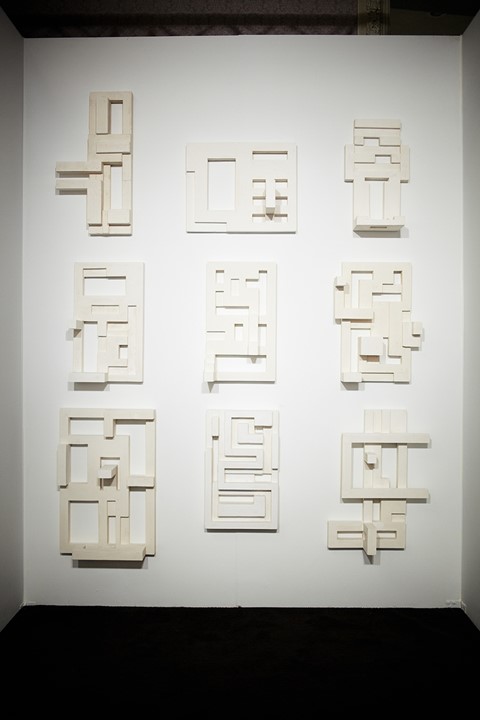
You’ve said that we should be careful about the idea of progress. What do you mean by this?
As a species we haven’t been here for very long; the horseshoe crab has been here for 650 million years and exists unchanged. It’s folly to think that humanity is already at its apex – or even that we’re driving towards something. Perhaps it’s an evolutionary necessity to feel as though we’re always progressing. But let’s not forget that the Romans had toilets and then by 200 – 300AD we had forgotten about them. The human experience is not a linear path forward.
Was this your inspiration behind the series for Nada?
I looked at these Mezcala objects that are called Temple Models, although they have no proof that they were actually models of temples that were planned or built, rather than geometric artworks in their own right. Again, the assumption is that older, non-western cultures would be incapable of producing anything that does not immediately register as primitive. So I turned to these for inspiration for this series of works called Models of an Unknown Temple 1 – 10. I wanted to give it a name as though it were an archaeological find or something you’d see in a museum. In future, I’d like to keep getting back to essentials – stripping things to the bones to see what I can find.
Text by Ananda Pellerin
